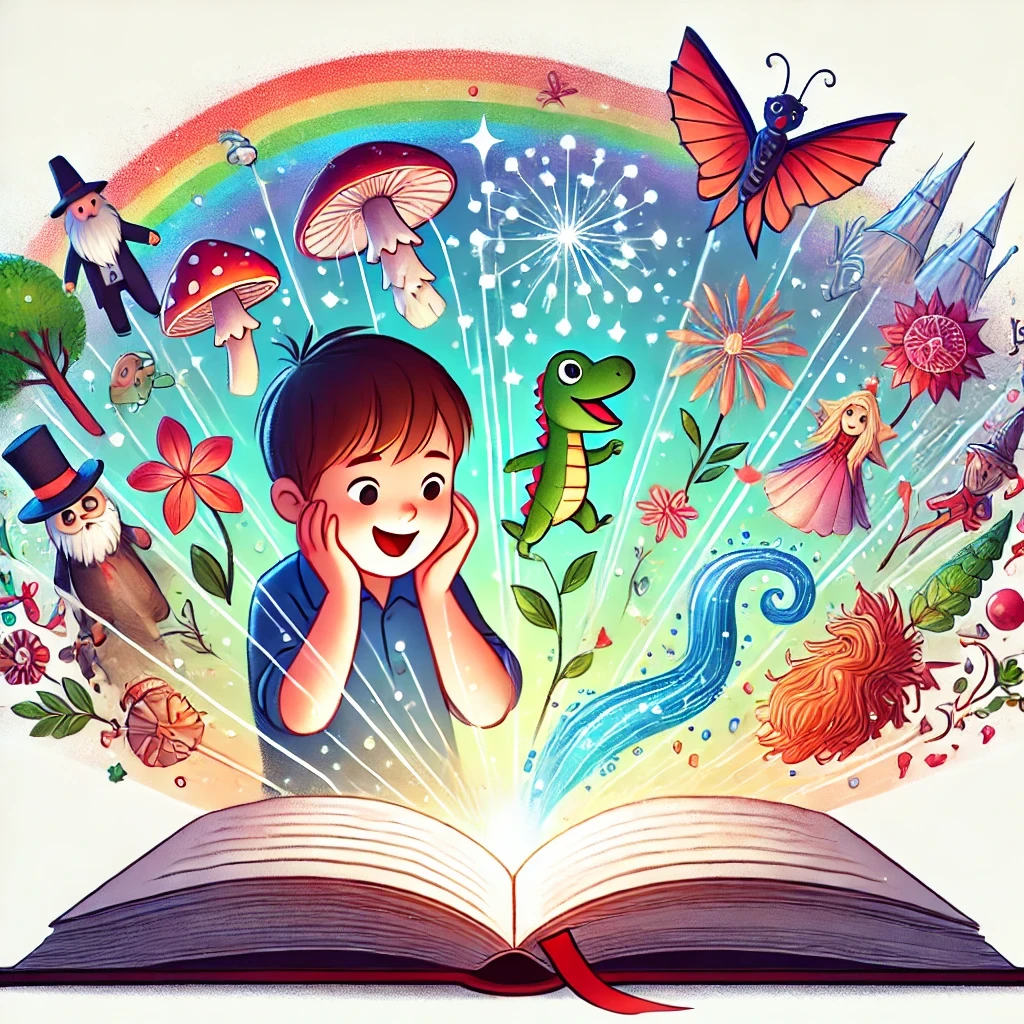The first line of a children’s book holds immense power. It sets the tone, piques curiosity, and invites young readers into the story. Crafting a compelling opening line is crucial for capturing attention and drawing readers into the magical world you’ve created. Here’s how to create an engaging first line and why it matters so much in children’s literature.
1. The Importance of the First Line
Grabs Attention: The first line is your chance to hook readers immediately. A strong opening grabs attention and makes readers want to know what happens next.
Sets the Tone: It establishes the mood and style of the book. Whether it’s whimsical, mysterious, or adventurous, the first line gives readers a glimpse of what to expect.
Introduces the Theme: A well-crafted first line can hint at the central theme or conflict of the story, providing a sneak peek into the narrative’s core.
Creates Curiosity: It raises questions and sparks curiosity, encouraging readers to keep turning the pages to find answers.
2. Techniques for Crafting a Captivating First Line
Start with Action: Begin with an action or event that immediately thrusts readers into the story. This dynamic approach can create excitement and intrigue from the very beginning.
Create Mystery: Introduce an element of mystery or something unusual that prompts questions. This can compel readers to continue reading to satisfy their curiosity.
Use Vivid Imagery: Paint a vivid picture with descriptive language that engages the senses. This can help readers visualize the scene and feel more connected to the story.
Introduce a Compelling Character: Start with an interesting or relatable character that readers will want to learn more about. This can establish an immediate emotional connection.
Pose a Question: Ask a direct or implied question that invites readers to seek the answer within the story. This technique can be very engaging and thought-provoking.
Start with Dialogue: Opening with dialogue can create immediacy and draw readers into a conversation or situation right away.
3. Examples of Memorable First Lines in Children’s Books
1. The Lion, the Witch and the Wardrobe by C.S. Lewis:
-
“Once there were four children whose names were Peter, Susan, Edmund, and Lucy.”
2. Charlotte’s Web by E.B. White:
3. Harry Potter and the Philosopher’s Stone by J.K. Rowling:
-
“Mr. and Mrs. Dursley, of number four, Privet Drive, were proud to say that they were perfectly normal, thank you very much.”
4. The Tale of Peter Rabbit by Beatrix Potter:
-
“Once upon a time there were four little Rabbits, and their names were Flopsy, Mopsy, Cotton-tail, and Peter.”
5. Matilda by Roald Dahl:
4. Tips for Crafting Your First Line
Know Your Audience: Understand the age group and interests of your target readers. Tailor your language, themes, and tone to resonate with them.
Revise and Refine: Don’t be afraid to write and rewrite your first line. Refining it until it perfectly captures the essence of your story is worth the effort.
Read Aloud: Read your first line aloud to see how it sounds. A good first line should have a pleasing rhythm and flow that draws readers in.
Seek Feedback: Get feedback from others, especially from your target audience if possible. Their reactions can help you gauge the effectiveness of your opening line.

Conclusion
The magic of the first line in children’s literature lies in its ability to captivate and engage young readers from the very start. By employing techniques such as starting with action, creating mystery, using vivid imagery, introducing compelling characters, posing questions, and starting with dialogue, authors can craft memorable and enticing openings. A well-crafted first line not only grabs attention but also sets the tone, introduces themes, and creates curiosity, ensuring that readers are eager to embark on the journey through the pages that follow.
